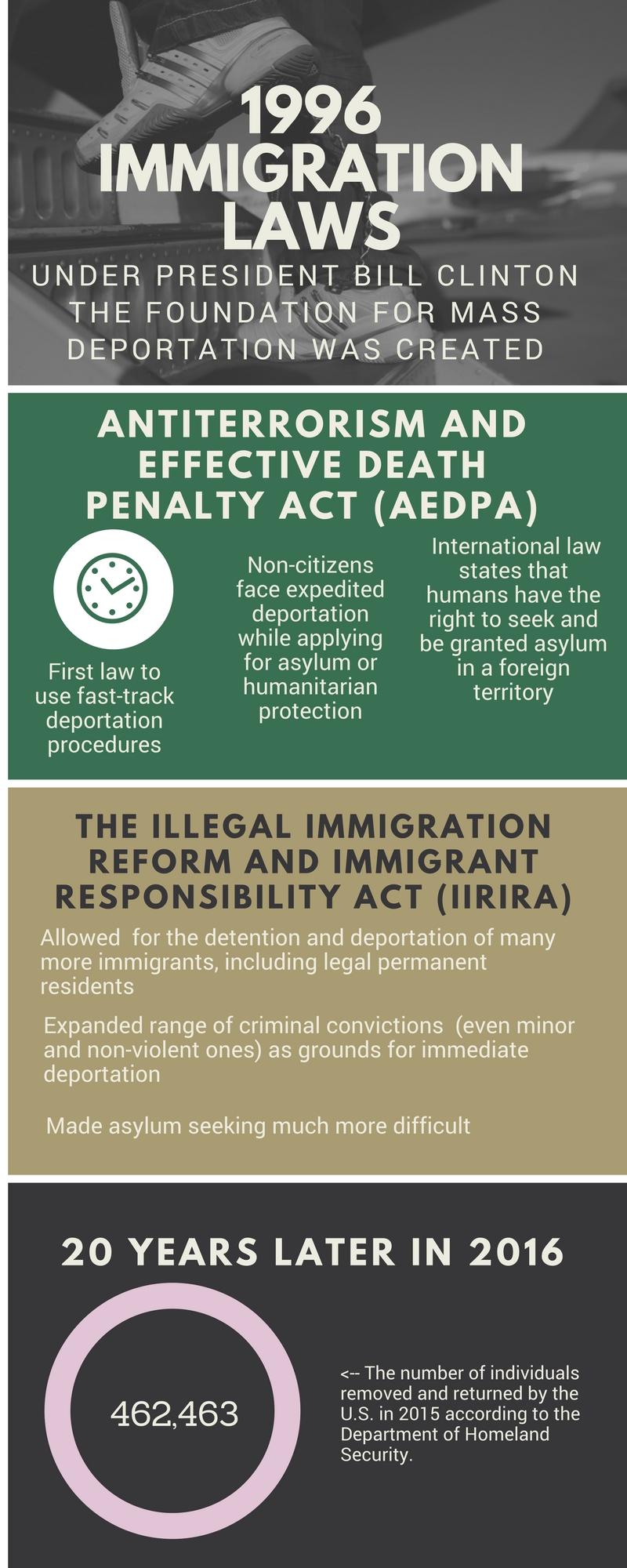
Historical Aspects of Mass Deportation Leading to Today’s Immigration Crisis

To understand the unprecedented current era of mass deportation requires a look back at the origins and development of deportation policy in the United States, the implications of these previous waves of removal, and what this suggests for future policy change.
Deportation in large numbers is not a new phenomenon, but one that has accelerated significantly since initial waves of rejections and removals dating back to the 1930s-40s. During this period, the U.S. deported Mexicans, Mexican-Americans and interned Japanese-Americans and denied entry to Jewish refugees. Public narratives during this period resonate with concerns today, such as fear of job loss and concerns around national security, claims of increased crime and dilution of culture. Over a twenty-year period surrounding the Great Depression, approximately two million Mexicans, half of whom were U.S. citizens, were repatriated to Mexico.
Despite the deportation of millions of Mexicans, the U.S attempted to satisfy the demand for cheap labor in the 1942 with the Bracero Program. This allowed Mexicans to work in the U.S. under temporary work permits. However, the demand for cheap labor persisted and undocumented workers continued to cross the border and to work for even lower pay. Under President Eisenhower in 1954, Operation Wetback facilitated the deportation of 1 million people, some of them American citizens, on an effort to eliminate competition from braceros. The campaign resulted in the deaths of hundreds of individuals rounded up and returned to Mexico in sometimes deadly slave-ship like conditions.
Mexican ‘repatriation’ and Operation Wetback are just two examples of deportation mechanisms throughout U.S. history. For more in depth readings on the history, see this chapter from the Michigan Journal of Public Affairs and Mae Ngai’s book titled Impossible Subjects.

